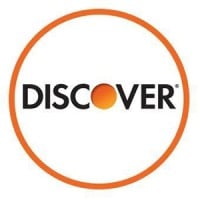
Edward Jones
Edward Jones is a leading North American financial services firm in the U.S. and through its affiliate in Canada. The firm’s more than 20,000 financial advisors throughout North America serve more than 9 million clients with a total of $2.2 trillion in client assets under care as of December 31, 2024. Edward Jones' purpose is to partner for positive impact to improve the lives of its clients and colleagues, and together, better our communities and society. Through the dedication of the firm's approximately 54,000 associates and our branch presence in 68% of U.S. counties and most Canadian provinces and territories, the firm is committed to helping more people achieve financially what is most important to them. The Edward Jones website is at www.edwardjones.com, and its recruiting website is www.careers.edwardjones.com. Member SIPC.






